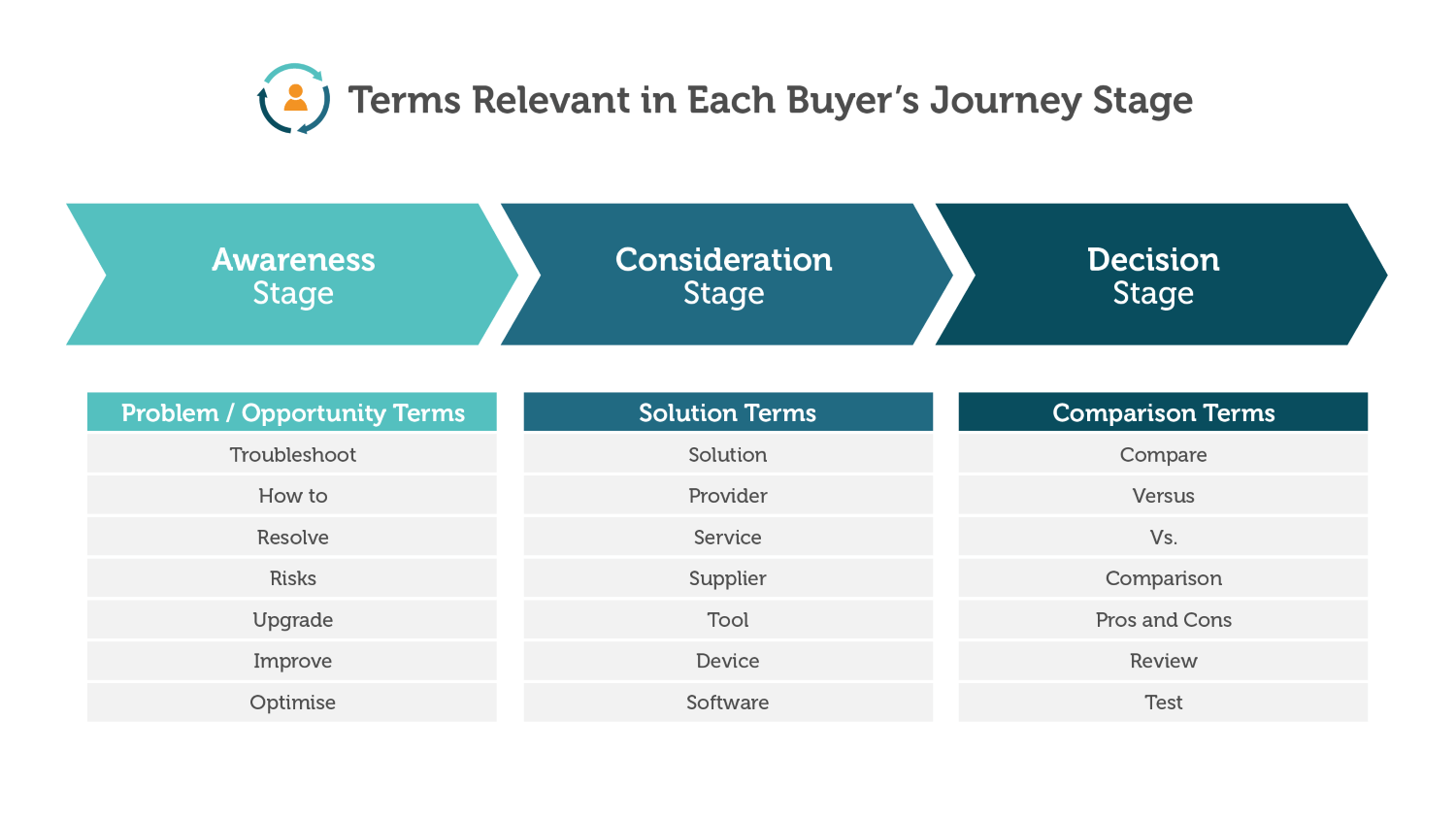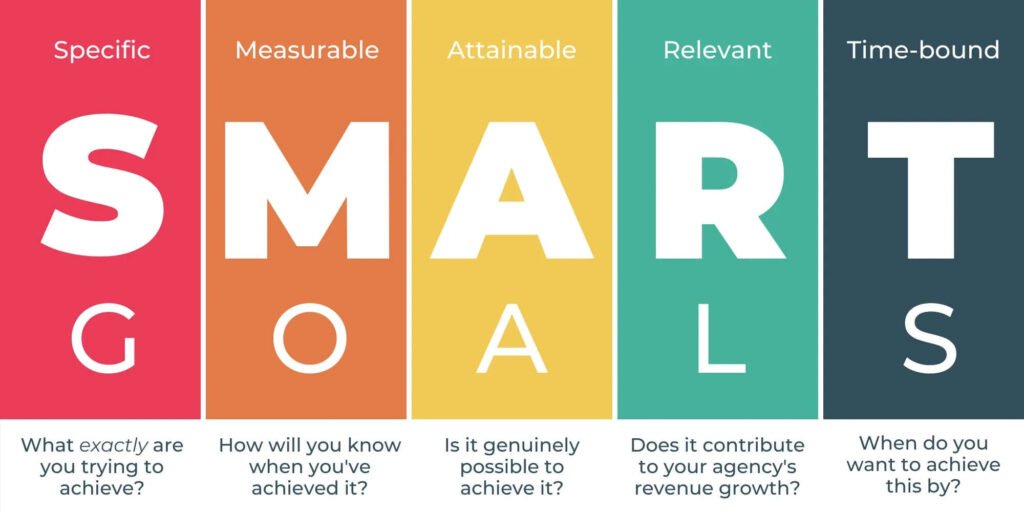
How eCommerce Content Strategy Can Increase Brand Recognition
Intro
There are predictions that the content marketing market can reach $2 trillion by 2032, growing by 16% annually. However, many eCommerce businesses still neglect content marketing and focus most of their marketing efforts and budgets on paid advertising.
While paid advertising can temporarily increase sales and revenue, content marketing can help you build long-lasting customer relationships.
A well-planned content marketing strategy enables you to distinguish your store from the competition by
- increasing brand recognition,
- building a relationship with your customers by providing value and
- ultimately increasing your conversion rates and ROI (return on investment).
This post will explore the crucial concepts of content marketing and give you essential advice on creating a content marketing strategy.
What is Brand Recognition?
As its name suggests, brand recognition is a part of a marketing strategy focused on your ideal customers recognizing your brand. Brand recognition strategies focus on keeping your business visible to your target audience. Its tactics include creating consistent verbal and visual content to improve your marketing reach.
Difference Between Brand Recognition and Brand Awareness
Although brand recognition and awareness are often used interchangeably, they are two distinct parts of the marketing strategy. Recognition aims to put your brand in front of your target audience, while brand awareness focuses on building long-lasting relationships with your ideal customers. We could say that recognition is a path to brand awareness.
Definition: Brand recognition results from marketing efforts that lead to the target audience’s ability to distinguish a business from the competition.
The Role of Brand Recognition for eCommerce Businesses
Building brand recognition is essential for eCommerce stores. It enables you to stand out from the competition in the saturated eCommerce market.
It also helps you build trust with your target audience, which is essential in online shopping- if your ideal customers recognize your business as trustworthy, they are more likely to purchase.
What is Content Marketing?
Content marketing focuses on attracting your target audience through various forms of content creation. It encompasses everything from writing informative blog posts and establishing direct contact with your target audience via social networks to creating informative videos and infographics.
Content creation helps businesses attract potential customers to their websites from search engines, social media, video, and other platforms. Instead of directly promoting your products, content marketing focuses on providing your target audience with informative or entertaining content.
By giving your audience free value, content creation helps build a relationship with your ideal customers, making them more likely to purchase your products later.
Why You Should Utilize Content Marketing
Content marketing helps your eCommerce business build brand authority.
According to Google Consumer Insights, 53% of customers do research before shopping online. Informative content helps you develop relationships with potential customers during their research phase by providing insights that help them make the right decision. This, in turn, helps build trust with your potential customers and makes your audience more likely to purchase from your eCommerce store.
Content marketing does not end with helping your customer during the research phase of the buyer’s journey. It includes content creation for all user journey stages (research, consideration, and decision), intending to give your potential customers value for free and direct them toward conversion.

By providing your audience with valuable information, you build trust and, eventually, a long-lasting relationship with your ideal customers (brand awareness). Building brand recognition through helpful content steers users to buy your products or services.
How Does eCommerce Content Marketing Benefit Your Online Business?
Apart from familiarizing your target audience with your brand, content marketing also helps your eCommerce businesses:
Increase Traffic
Publishing content increases your store’s traffic in the following ways:
Increasing Organic Traffic Through SEO
SEO enables visitors to find your content through search engines, increasing your reach.
Creating compelling and educational content such as blog posts and infographics and optimizing it for search engines can significantly increase your eCommerce store’s organic traffic. In fact, according to HubSpot’s statistics, businesses with a blog get 55% more visitors and 434% more indexed pages.
Gaining Traffic from Social Media
Statistics show that an average internet user spends 151 minutes daily on social networks. This user behavior trend makes social network promotion essential to content marketing strategy.
Although creating a social media community takes time and effort before significantly affecting your eCommerce website traffic, it is an invaluable tool in increasing brand awareness and authority in your niche.
When creating or promoting social media content, adapt your style to the preferences of the platform’s audience. For example, use visual content for Instagram or Pinterest, thought leadership for LinkedIn, short-form video for TikTok, etc.
Gaining Traffic from Other Websites
Creating high-quality content increases the likelihood of brand mentions on websites related to your industry, news websites, blogs, etc., leading to exposure to the media channel’s audience.
The two most common ways of exposing the audience to your brand through content creation are creating unique and compelling pieces that attract links from portals in your niche (“link bait content”) and publishing for websites with authority in your industry.
You can create content that attracts links by offering unique perspectives and information. Some of the most popular content formats for this purpose include data based on your research, infographics, and comprehensive blog posts that offer unique insights.
However, if you are in the early stages of your eCommerce business, creating content for authoritative websites is a more direct way to expose their audience to your brand. Besides exposing the audience to your brand, publishing for popular websites and linking to your store helps you improve your SEO ranking.
Build Authority
Consistently creating informative and engaging content keeps you visible to your target audience while helping your business build a reputation as an industry expert. It enables potential customers to learn about your products and builds trust and authority by providing free and valuable information.
Establishing trust with potential customers is essential to leading a successful eCommerce business. As online transactions involve sensitive information (such as customers’ credit card information), building a relationship with potential customers can drastically improve the likelihood of purchasing.
Increase Conversion Rate
Creating content that resonates with your target audience increases your eCommerce store’s traffic. Apart from increasing the number of potential customers, a comprehensive content marketing strategy encompasses content formats adequate for each stage of the user journey.
By creating content for each part of the buyer journey, businesses inform customers about their products, help them compare products, and, ultimately, influence their decision on what product to choose.
Content marketing helps eCommerce businesses design the buyer journey and increase conversion rates.
Increase Customer Lifetime Value
Content marketing does not end with the customer buying your product. It also includes nurturing relationships with your existing customers.
Creating content tailored to your existing customers (such as email newsletters) can significantly increase your CLTV, as existing customers, on average, spend 67% more than new ones.
Building a Foundation
It would be best to base a well-thought-out content strategy on understanding your target audience and framing your messaging to resonate with their pain- points. To do so, you should define your ideal customer and communicate your branding as a solution for their problems.
You should base your content marketing on the following:
Understanding Your Customers
To increase the chances of success of your campaigns, start by researching your ideal customer’s preferences.
You need to establish your ideal customers browsing behavior, demographics (age, education level, location, income, etc.), and psychographics (interests, values, hobbies, personality traits, etc.). Once you have gathered demographic data, you should research your target audience’s preferred media to help you prioritize content formats.
Tools to use
- Google Forms, Survey Monkey, and other similar tools for surveying potential target audience
- Google Trends: to determine trending keywords, hashtags, and trending topics
- Google Analytics: to track content performance and adapt your strategy
- Facebook Audience Insights: for demographic and psychographic data of your followers.
Data gathered during initial research will enable you to create buyer personas- fictional representations of your customers based on their demographics, behavioral trends, and pain points.
Creating data-driven personas will enable you to create content that resonates with your target audience.
Defining Your Brand
To stand out in a saturated and highly competitive eCommerce market, you need to define your brand’s unique selling point(USP).
Based on the data, competition analysis, and buyer personas, you should frame your brand to resonate with your target audience, address their pain points, and stand out.
Defining your brand USP early on will help you create consistent content that communicates your values and resonates with your ideal customers.
Content Strategies to Enhance Brand Recognition:
Base Your Strategy on Data
As outlined in the previous section, an effective content strategy begins with user research, buyer personas, and data collection. Basing your approach on trends and data will increase the chances of success of your marketing efforts and enable you to refine your strategy further.
Some of the tools that can help you collect data include:
- Ahrefs: You can use Ahrefs or other SEO tools for keyword research and competition analysis. This will enable you to determine topics to cover and help you stand out from the competition by covering the subjects they missed.
- Hootsuite can help you measure the performance of your social media content.
- Google Search Console can help you measure click-through rate, keyword performance, and ranking.
- Google Analytics helps you track performance and user behavior, enabling you to refine your strategy further.
Collecting and analyzing data can seem overwhelming. That’s why MANE Digital offers target persona research as part of our conversion rate optimization services.
Once you have outlined your content marketing strategy based on the research and started publishing your content, you should monitor its performance and determine which content format results in the most awareness and highest engagement.
Diversify Your Content Strategy
If your store is starting, it may not be easy to determine which content format will resonate the most with your target audience.
Although you can approximately determine your ideal customers’ content preferences based on demographics and competition analysis, we suggest diversifying your content and measuring the success of each form and channel.
When it comes to eCommerce content marketing, some of the standard content formats include:
- Blog posts
- Infographics
- Social media posts
- Email campaigns
- Publishing content for popular websites related to your industry
- Creating tutorials
- Videos
- Paid ads
The content you publish should reflect your eCommerce business’s unique selling point and resonate with your ideal customers. To determine what content format resonates with your target audience, use the tools we covered to measure key performance indicators and focus your efforts on the most successful content formats.
Determine Long-term and Short-Term Goals
Effective strategy should have clearly defined and measurable goals. The SMART framework helps set realistic and attainable goals. According to this framework, your goals should be
- Specific (well-defined and clear),
- Measurable (have defined metrics),
- Attainable (possible to achieve with your resources),
- Relevant (aligned with your business goals) and
- Time-bound (have deadlines).

a.Short-Term Content Marketing Goals for eCommerce
There are three categories of short-term content marketing goals for eCommerce websites:
- traffic,
- engagement, and
- conversion goals.
Trafic-focused goals aim to increase the traffic your eCommerce website receives from search engines and social media. Short-term traffic-oriented goals are typically achieved by publishing content on low-competition topics.
Engagement-oriented goals include increasing the time the average user spends on your content, such as the time an average user spends on your blog posts or the number of blog comments or social media shares.
Conversion goals include marketing efforts encouraging users to take desirable action. eCommerce content marketing typically includes driving sales through content and increasing the number of customers who subscribe to your email list.
b.Long-Term Content Marketing Goals for eCommerce
We can divide long-term content marketing goals into
- building authority,
- promoting customer loyalty and
- increasing conversion.
Building authority includes a content strategy oriented toward increasing your store’s ranking on search engines and publishing high-quality content across different channels. Building your store authority increases brand recognition and, eventually, awareness.
Customer loyalty goals include increasing the percentage of returning customers and encouraging user-generated content. They also focus on raising brand awareness.
-Visual idea: Buyer Journey

Conversion goals focus on increasing your store’s conversion rates through content marketing. Create content for each part of the user journey to get the most out of your content marketing strategy.
For example, you can increase awareness by publishing informative social media and blog posts related to your niche.
To influence the consideration part of the buyer’s journey, you can publish detailed product comparisons.
Finally, to influence customers’ decisions, you can create highly targeted copy and develop a sense of urgency by promoting limited offers and discounts.
Establish A Content Publishing Strategy
Building brand recognition requires consistency in both your messaging and publishing schedule.
To build brand awareness, you should communicate consistently with your target audience. Create a publishing schedule and outline topics for your future content.
This way, you will make yourself accountable, publish content regularly, and avoid duplicate content.
Create Informative Content
In the early stages of your content marketing efforts, you should strive to familiarize your target audience with your brand.
One way to do so is by creating informative content on low-competition topics. This way, you can drive traffic to your eCommerce website and familiarize potential customers with your brand.
For example, if your store focuses on selling PC hardware, you can publish a blog post with component reviews. You can increase traffic and build brand recognition by publishing informative content and optimizing it.
Create Content for Other Websites to Publish
Even though gaining traffic through search engine ranking is a viable long-term strategy, new businesses often lack the authority to rank on the top of SERPs (search engine results page).
You can bypass this obstacle by posting high-quality, informative content on websites with authority in your niche and exposing their audience to your brand.
To do so, go through the following steps:
- Create a list of websites in your industry. If you are just starting out, focus on smaller portals, as they are more likely to publish your content.
- Reach out to shortlisted businesses and ask them to contribute content. When contacting your prospects, underline that content creation is not for linking purposes, as Google penalizes this practice.
- Create content valuable for your ideal customers. Outline your store’s unique selling point while avoiding sounding self-promotional.
Optimizing Content
Optimizing your eCommerce website for search engines is central to content marketing. In this section, we will cover three main aspects of eCommerce SEO:
Optimizing Pages
Optimizing your pages includes:
- Optimizing your product pages.
- Creating high-quality “other” pages and, ideally.
- Publishing blog posts to promote your products.
Your product pages should be based on popular keywords related to your products (you can research keywords using tools like Ahrefs, Semrush, etc.). They should also include high-quality pictures of a product from multiple angles.
Your “other” pages, such as the About Us and FAQ page, should clearly describe your brand and its unique selling point and answer all the common questions your customers might have(like shipping costs, return policies, security, etc.)
Finally, you can use the blog to promote your brand by providing valuable content for your potential customers. Leading a blog will also help with the following two aspects of search engine optimization.
Earning Backlinks
The most effective way to build backlinks is to provide unique and valuable content, encouraging other websites in your industry to link to it.
This type of contact is often called “link bait content.” Some content types that attract backlinks include ultimate guides, infographics, and unique research and data.
Apart from contributing to your eCommerce store’s search engine ranking, creating linkable content will help your brand build recognition and authority in your industry.
Using Middle-Man Method
Finally, you can use the middle-man method to help with your product page’s ranking. The concept is simple: create content that targets a specific niche or industry, then reach out to other websites in that niche and offer them your content in exchange for a link back to your website.
The middle-man method publishes high-quality content that attracts backlinks and refers to your product pages. This way, an informative page transfers its authority to your “sales” pages, enabling them to rank better in search engines.
Creating high-quality content for authoritative websites in your industry and content that organically attracts backlinks enables your website to gain more authority, as a backlink profile is one of the most important ranking signals.
Measuring Performance and Refine Content Strategy
The last component of creating an effective content marketing strategy is consistently tracking key performance indicators (KPIs) and refining your approach based on data.
To track your content performance, you should determine what goal each content piece should accomplish and what performance indicators correspond with your goals. Use Google Analytics to track engagement, traffic, conversion rates, and some popular SEO tools (like Semrush or Ahrefs) to track your keyword ranking.
Tracking your content performance will help you determine what content formats you should focus on(blog posts, videos, social media posts, etc.) and give you insight into the topics that resonate best with your target audience.
Common eCommerce Content Marketing Mistakes to Avoid
Finally, let’s cover some of the frequent content marketing mistakes:
Setting Unrealistic Ranking Goals
eCommerce brands often chase unrealistic goals. The most common examples of setting unrealistic goals include:
Attempting to Rank for Competitive Topics
The first mistake consists of creating content based on a highly competitive topic. This strategy is ineffective for new brands, as you will compete with industry giants with established websites and numerous backlinks. Instead, focus on creating content on specific niche topics with lower competition.
Expecting to Rank High on the SERP in a Short Time
The second mistake consists of misunderstanding the nature of SEO. Namely, SEO is a long-term investment. Ranking on search engines takes time to produce content, optimize it, and earn backlinks.
Setting Viral Success as a Short-Term Goal
Finally, setting viral success as a goal is unrealistic. While it is possible that a particular piece of content achieves significant popularity and dramatically increases your brand recognition and revenue, chances are very low. A realistic content marketing strategy relies on consistent content creation that builds brand recognition and awareness over time.
Focusing Only on On-Page SEO
Many eCommerce brands focus too many resources on on-page optimization. Although on-page optimization is helpful, as it helps search engines interpret your content, it does not directly affect your brand credibility.
While you shouldn’t neglect on-page optimization, you should primarily focus on creating high-quality educational content to help you acquire backlinks from reputable websites and increase brand recognition.
Abandoning Content Marketing Too Early
One common content marketing mistake is abandoning it too early. Many eCommerce businesses focus on content creation for a few months and abandon it if they do not see results.
However, as we previously mentioned, content marketing is a long-term investment. Generally, you can expect minimal growth in the initial weeks and months and a gradual increase in the first six months.
Key Takeaways
A well-executed content marketing strategy will help your eCommerce business increase brand recognition, form long-lasting customer relationships, and boost revenue.
To create a successful content marketing strategy:
- Understand your audience: customer research determines everything from your voice to the content formats you will use. As such, it is the foundation of your content marketing strategy.
- Focus on your unique selling points. Frame them as solutions for the problems of your target audience.
- Publish consistently: create a schedule and publish content regularly to build trust and authority.
- Diversify: use diverse content formats to expand your reach. Measure the performance of various content formats and prioritize them accordingly.
- Optimize your content to help your target audience find your content (SEO).
- Track KPIs and adapt your strategy: monitor analytics and refine your approach.
When investing in content marketing, remember that it requires patience and commitment. It is a long-term investment in your eCommerce business’s reputation.
We hope that you found this article helpful. If you have any questions, contact us at MANE Digital, and our digital marketing experts will do their best to help you.



